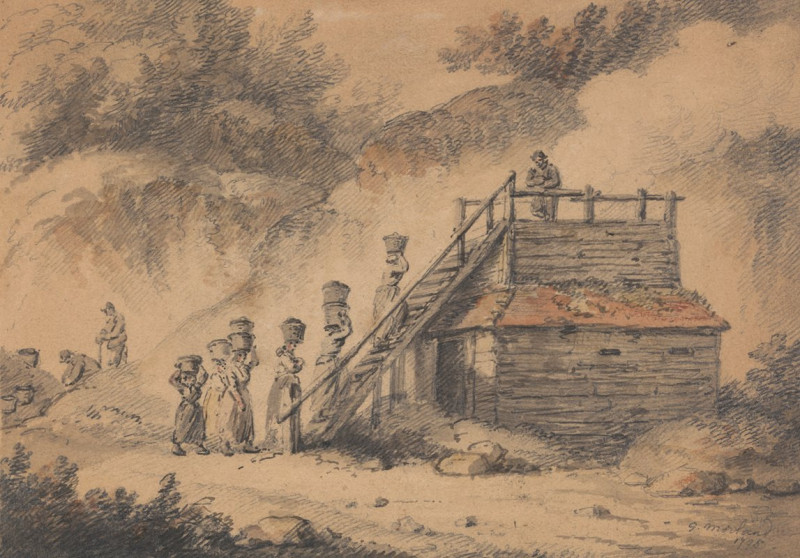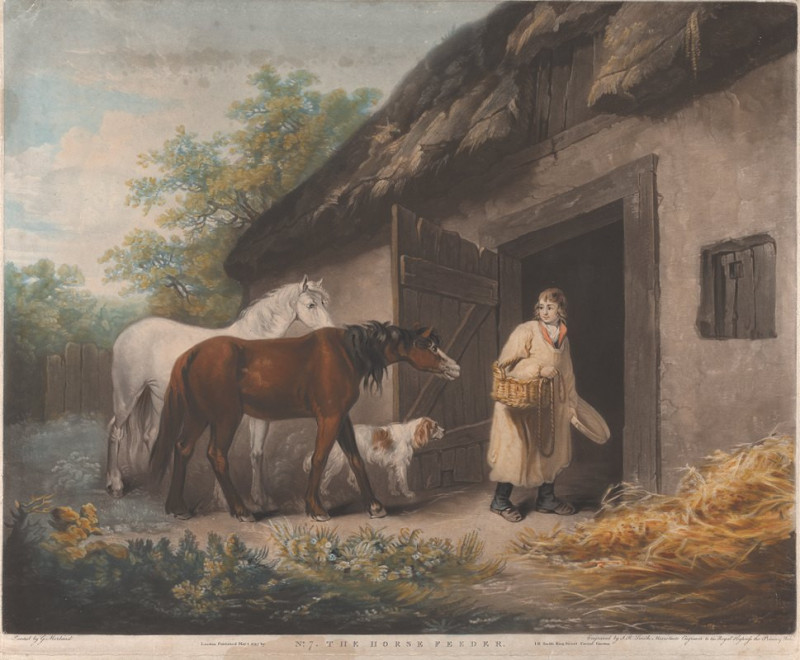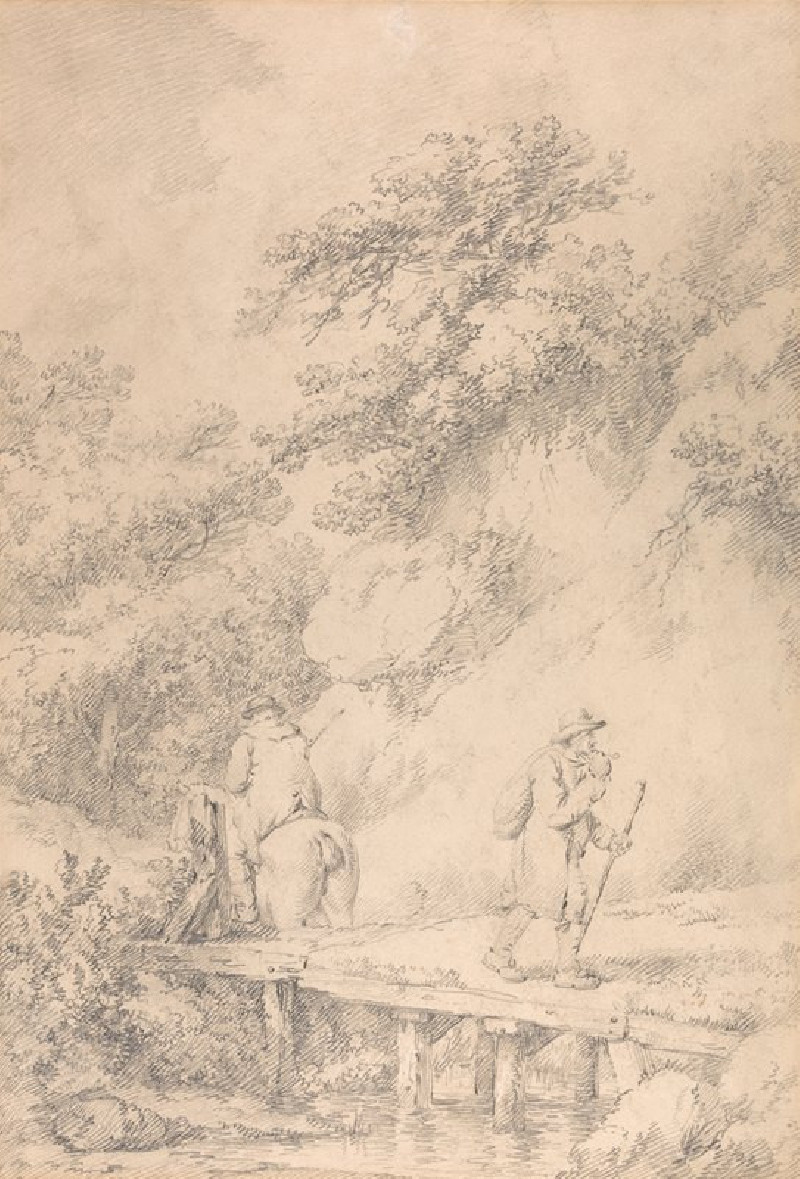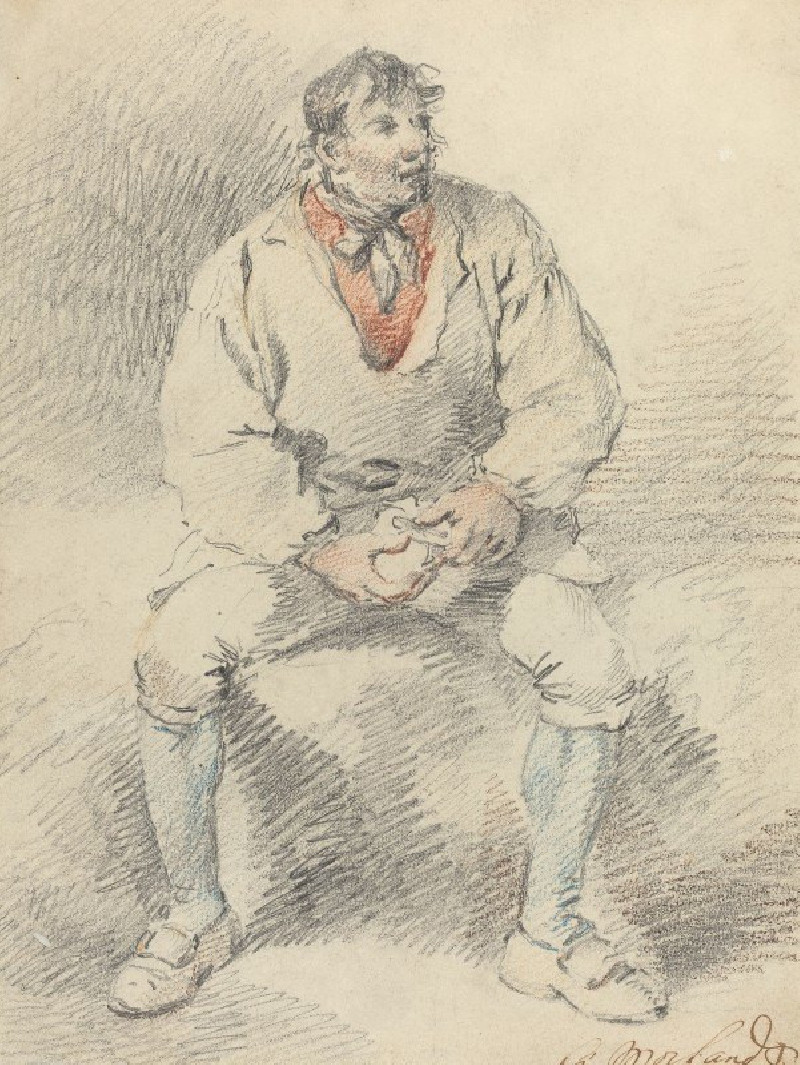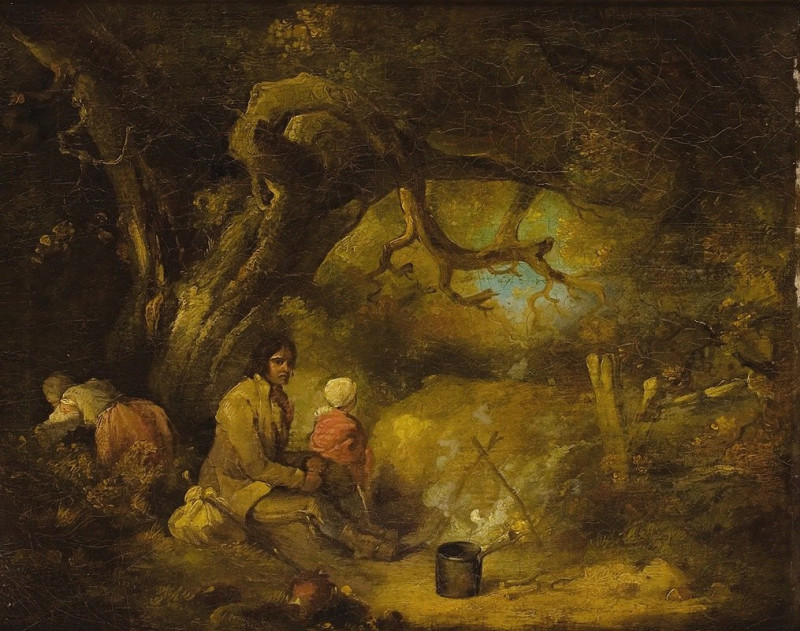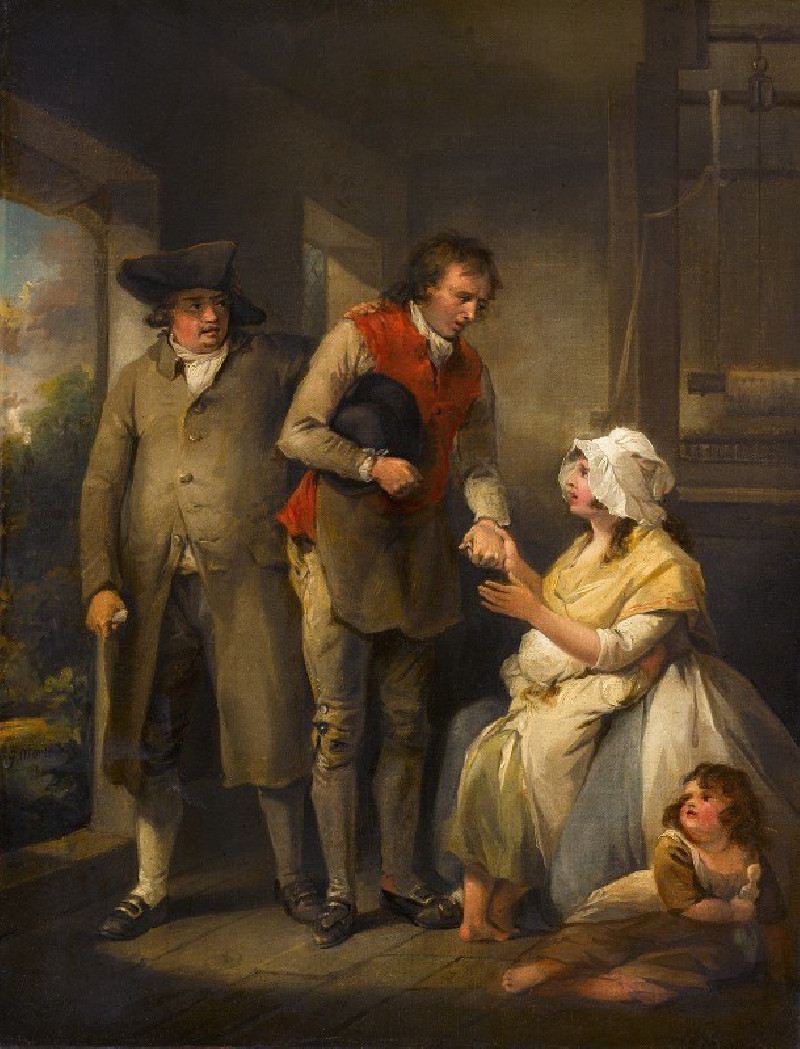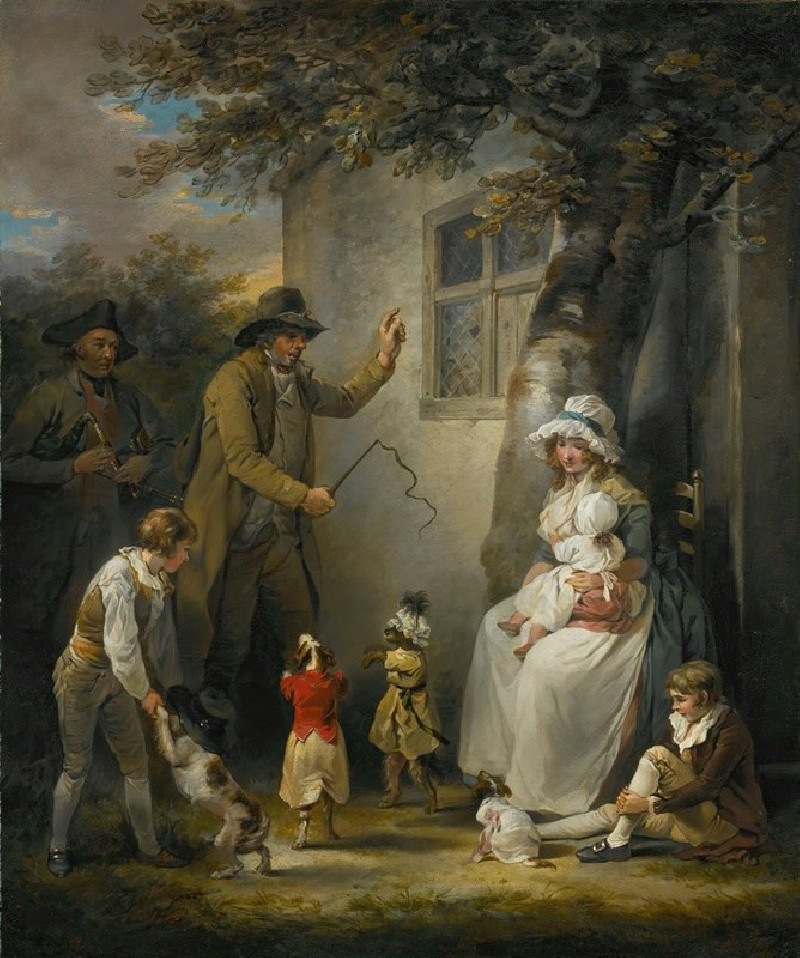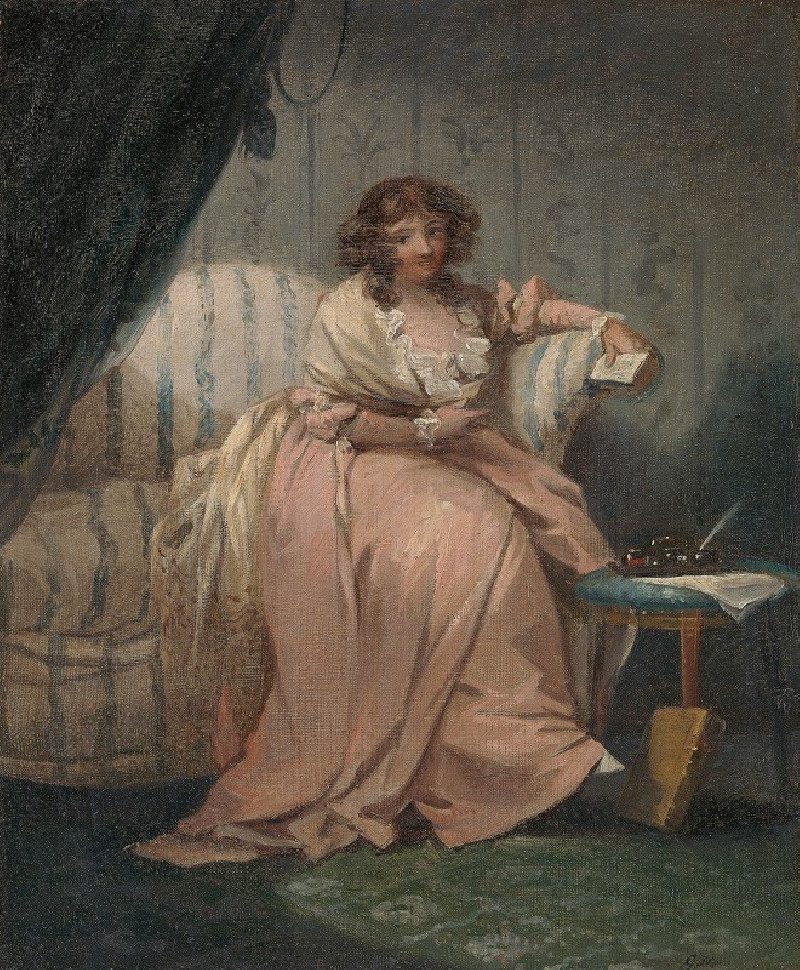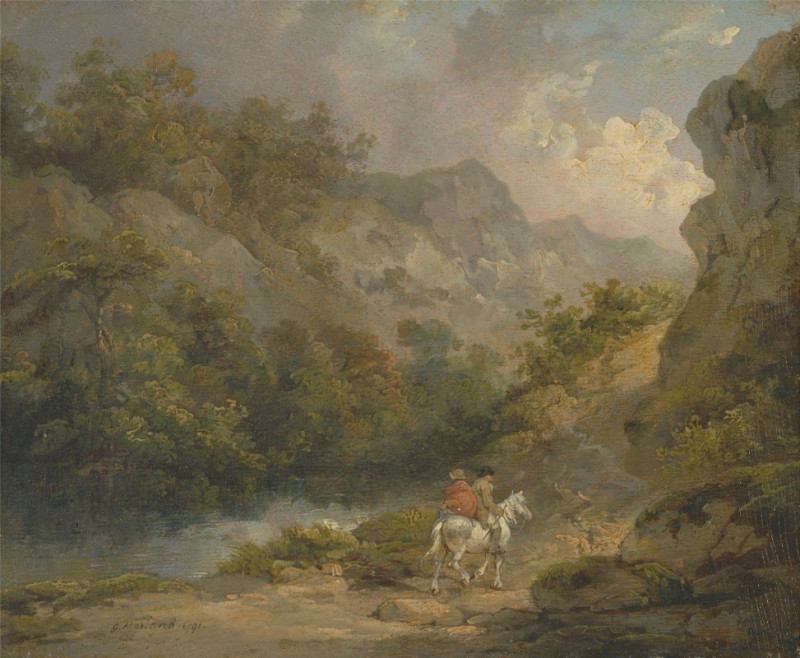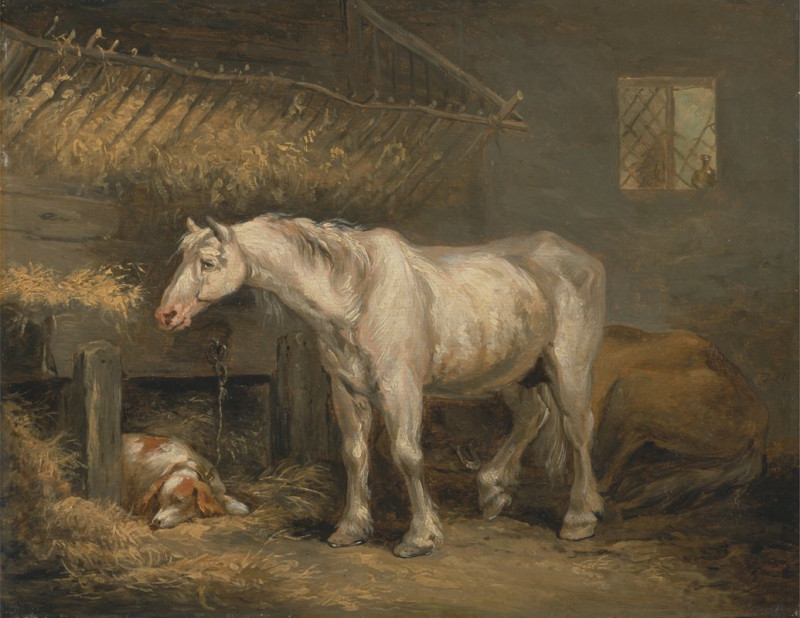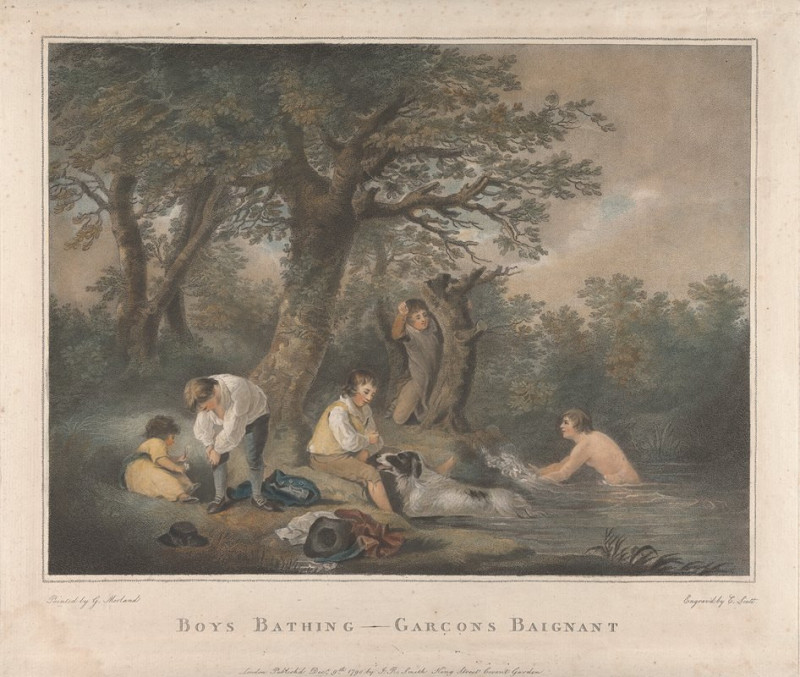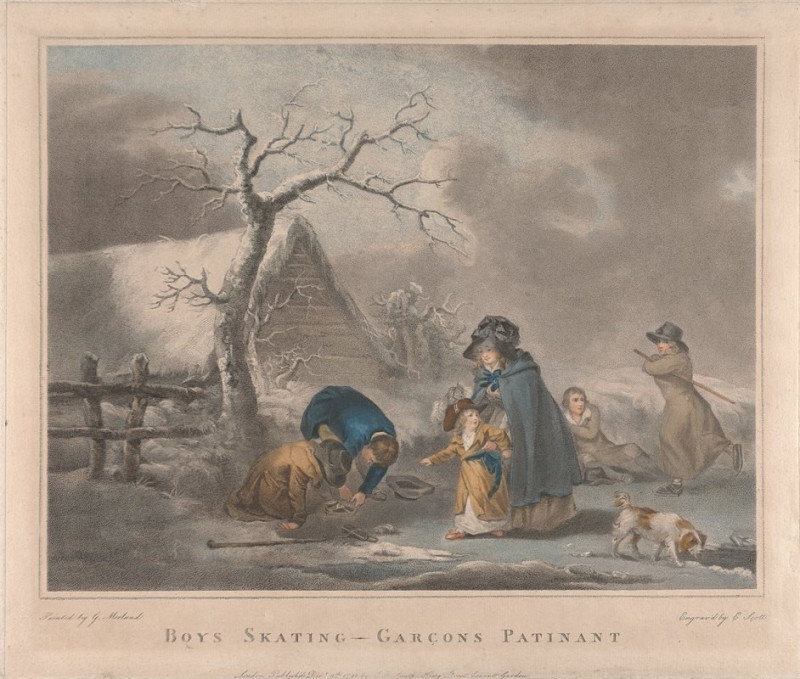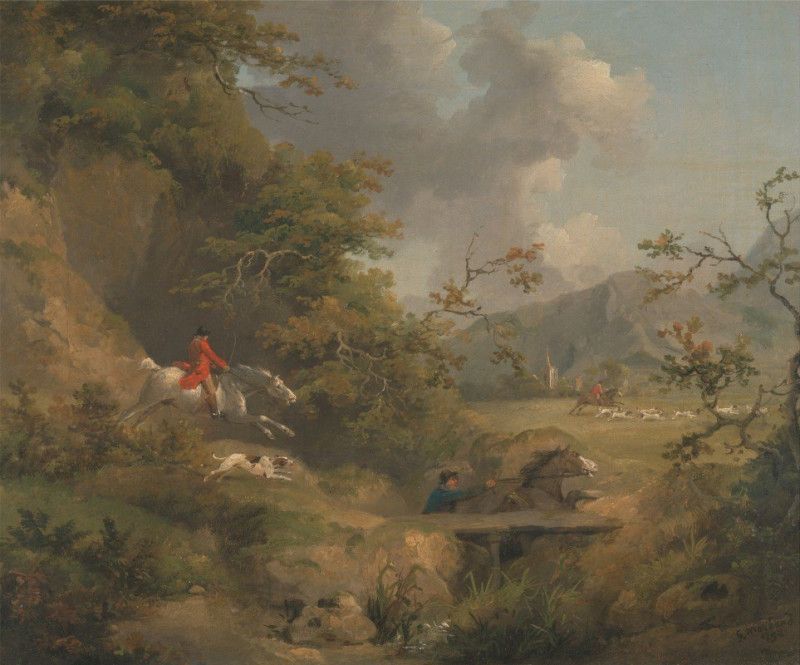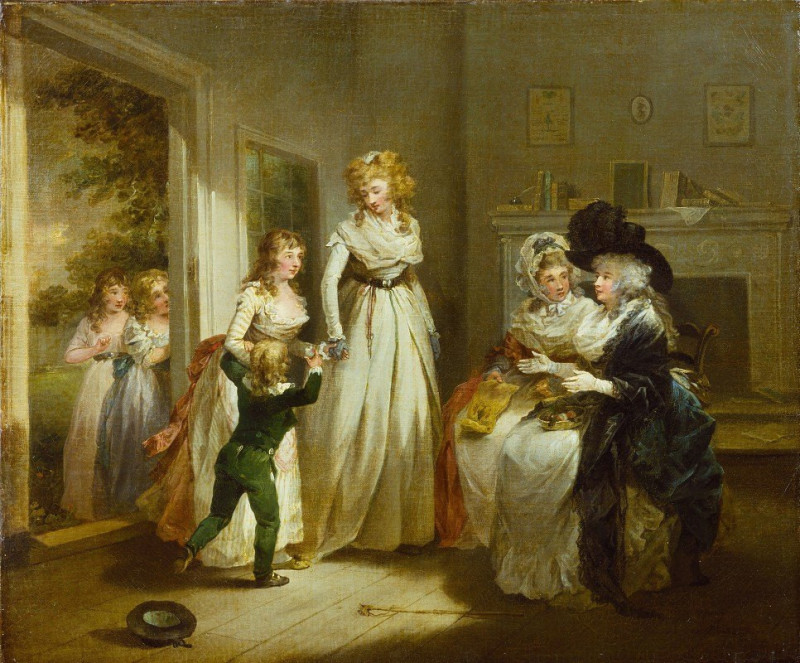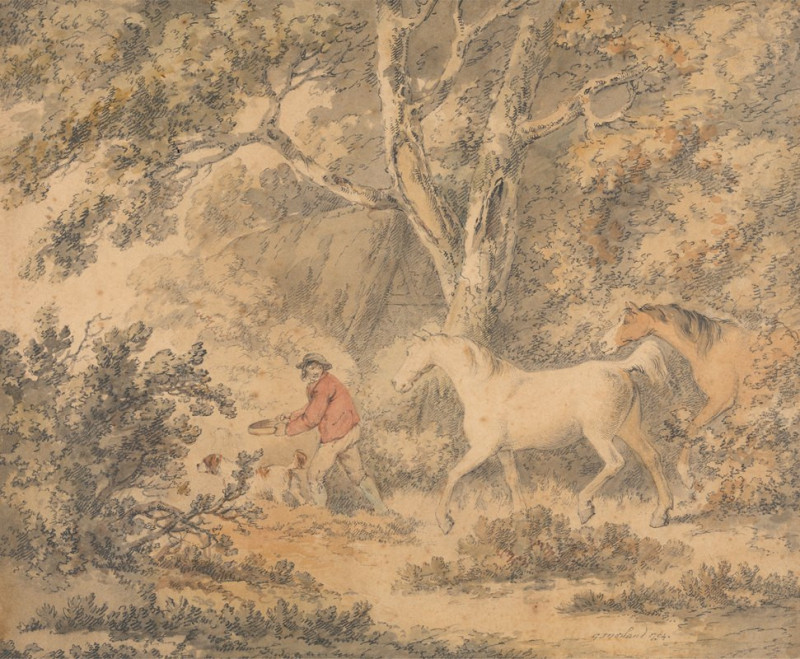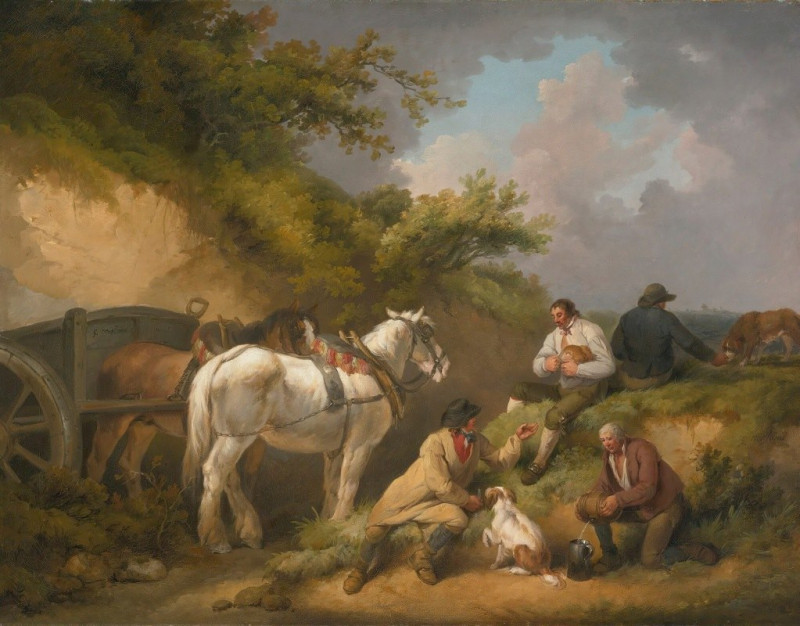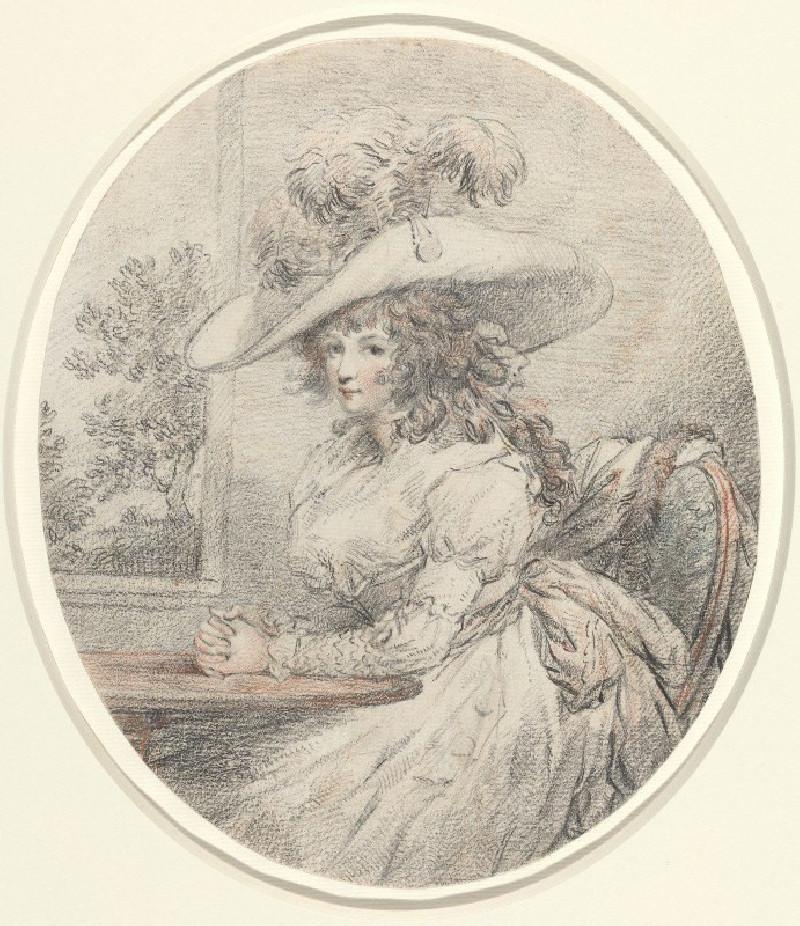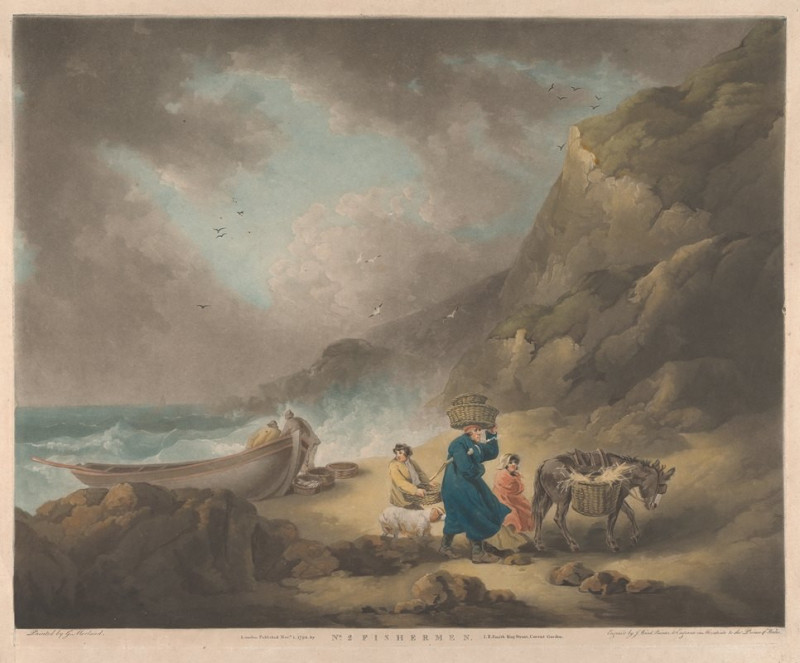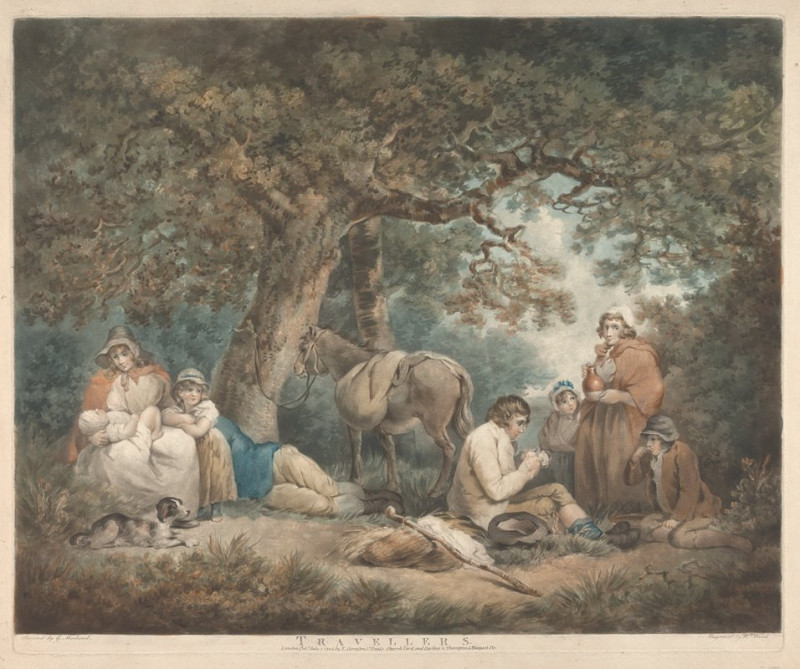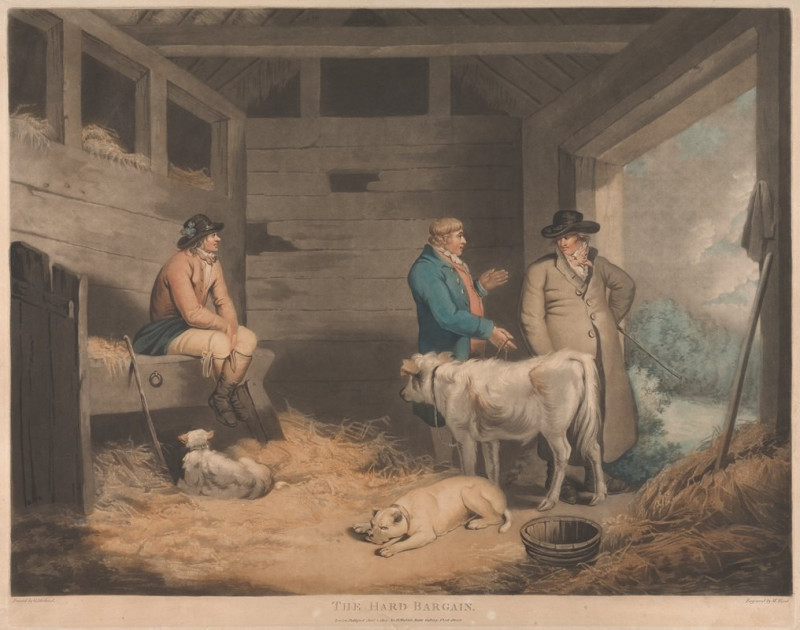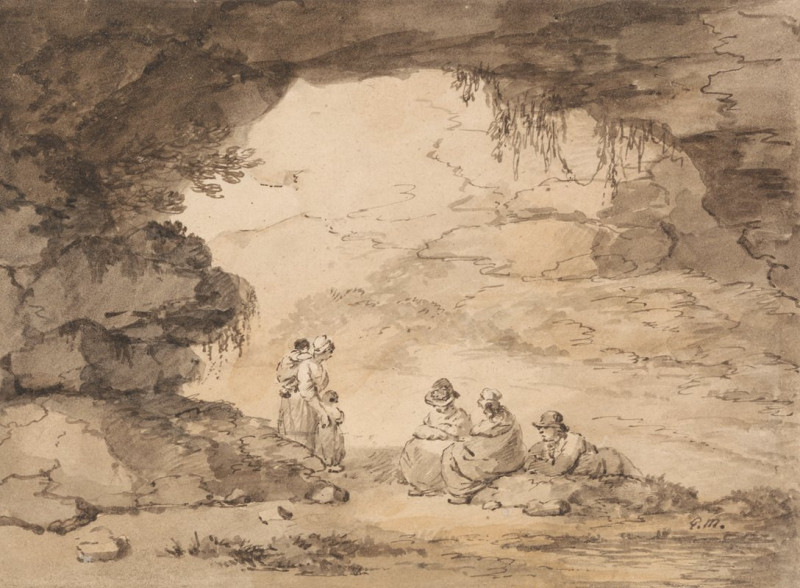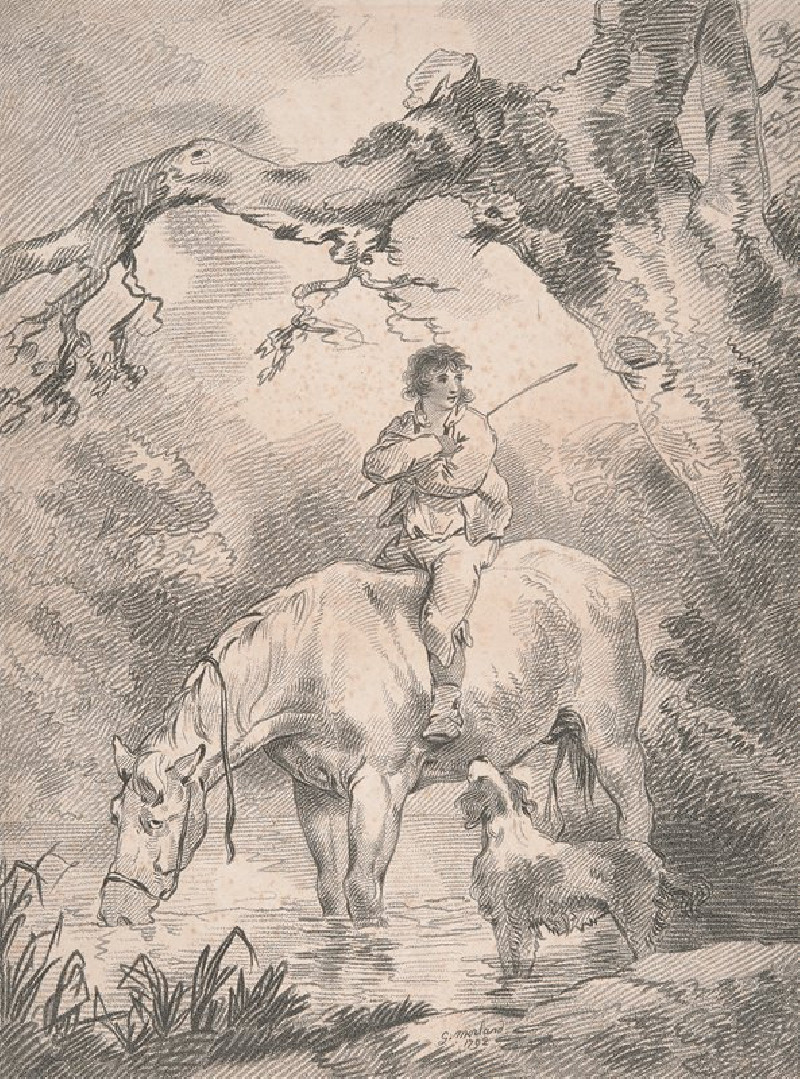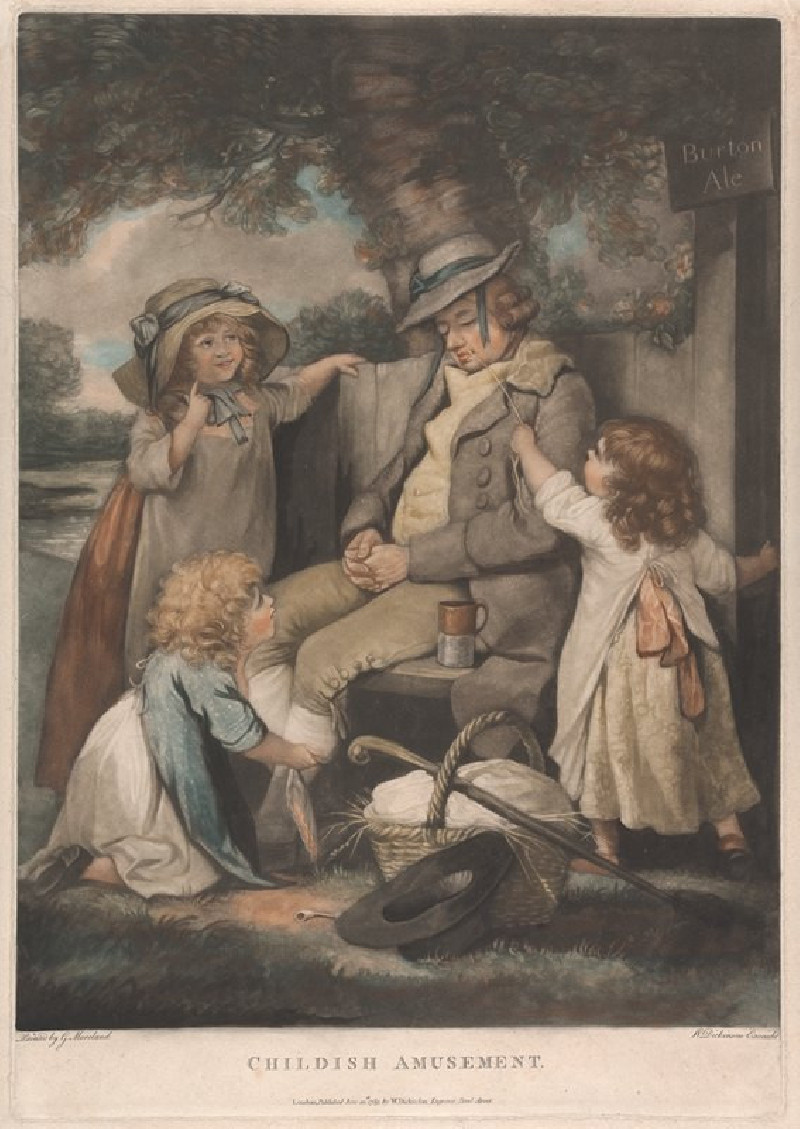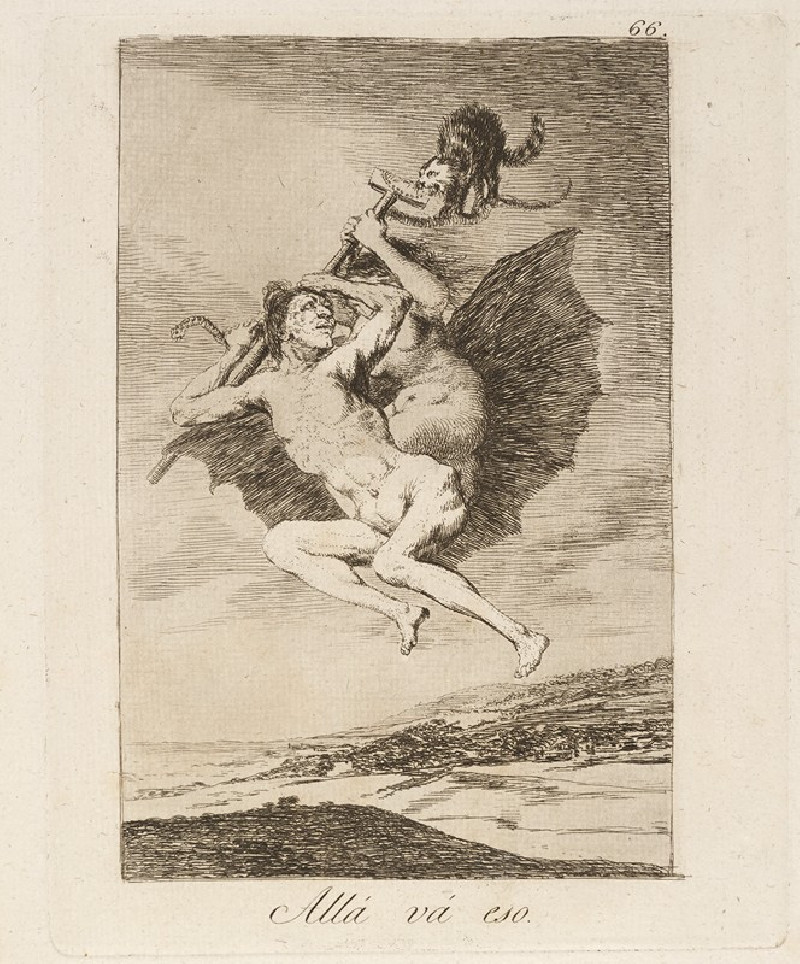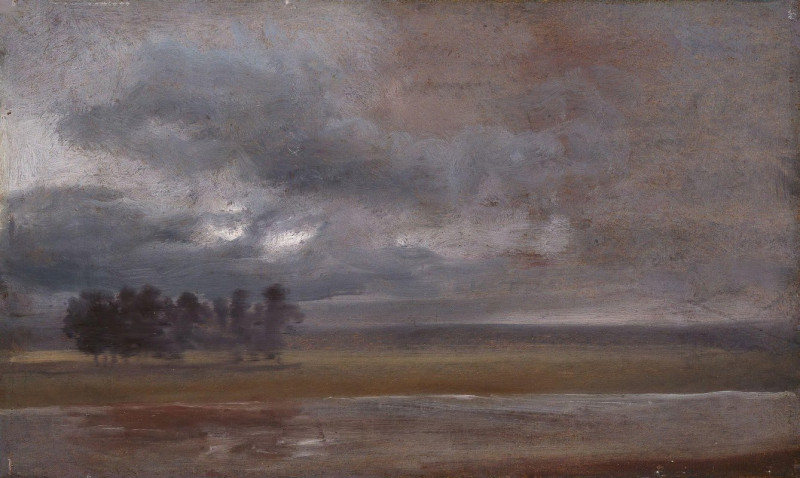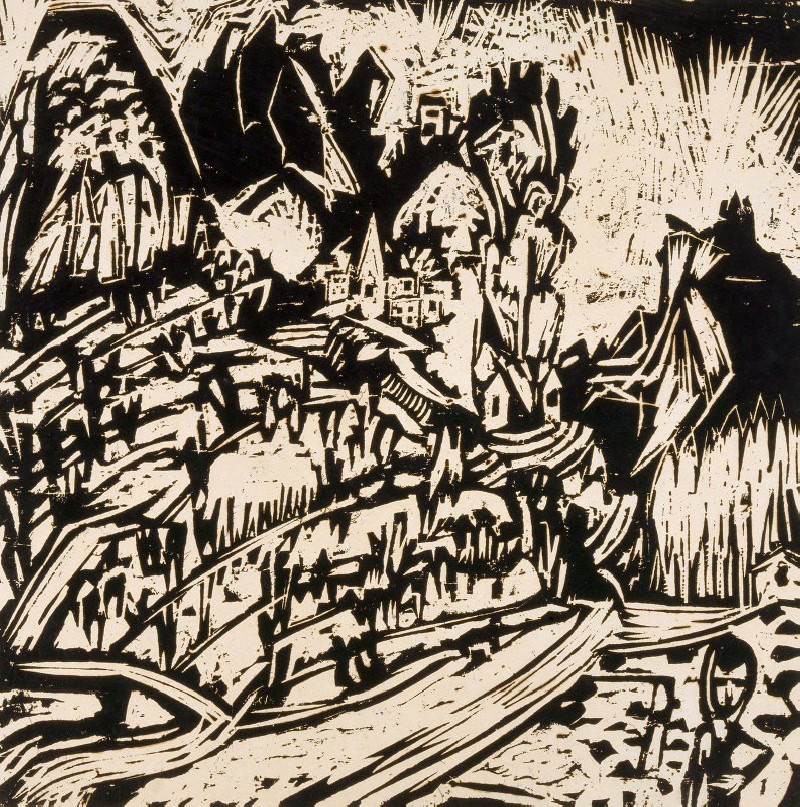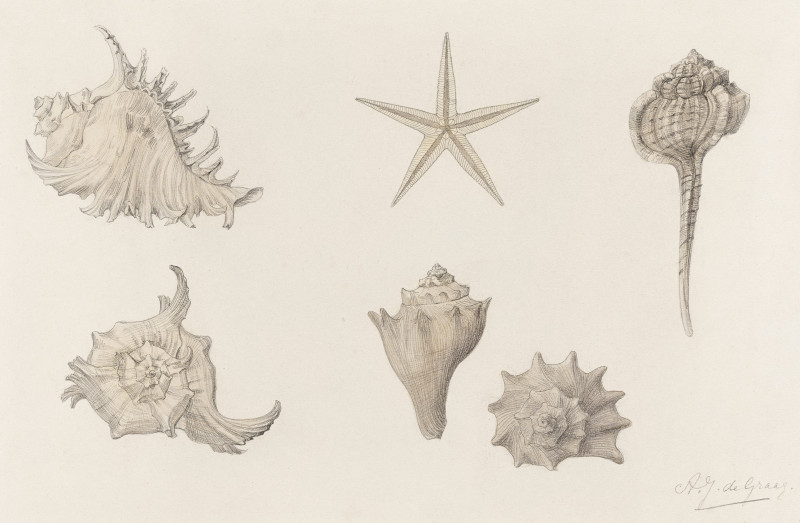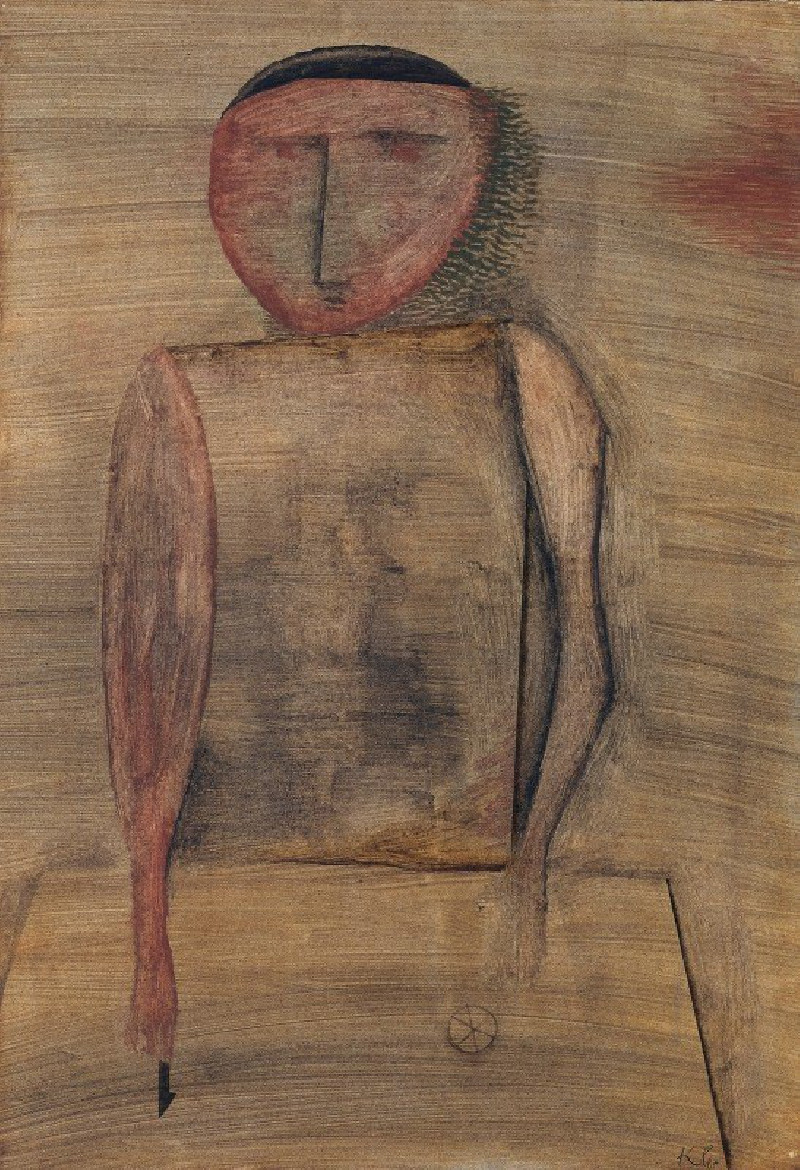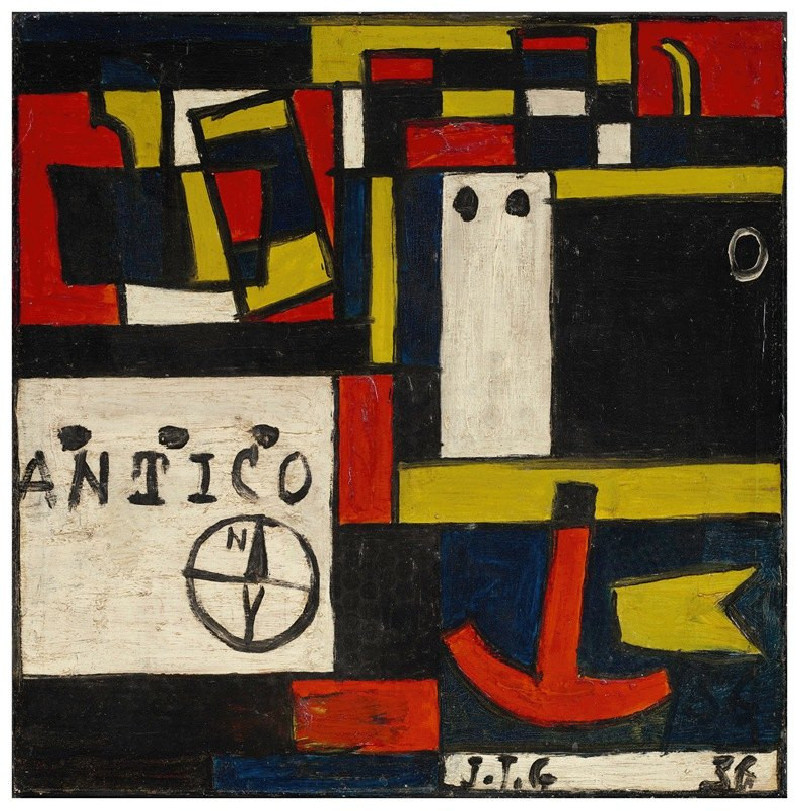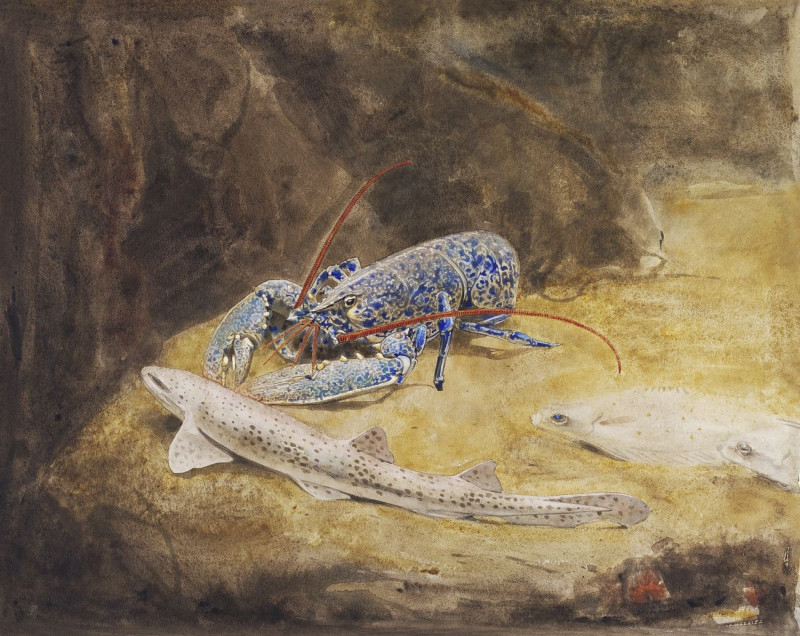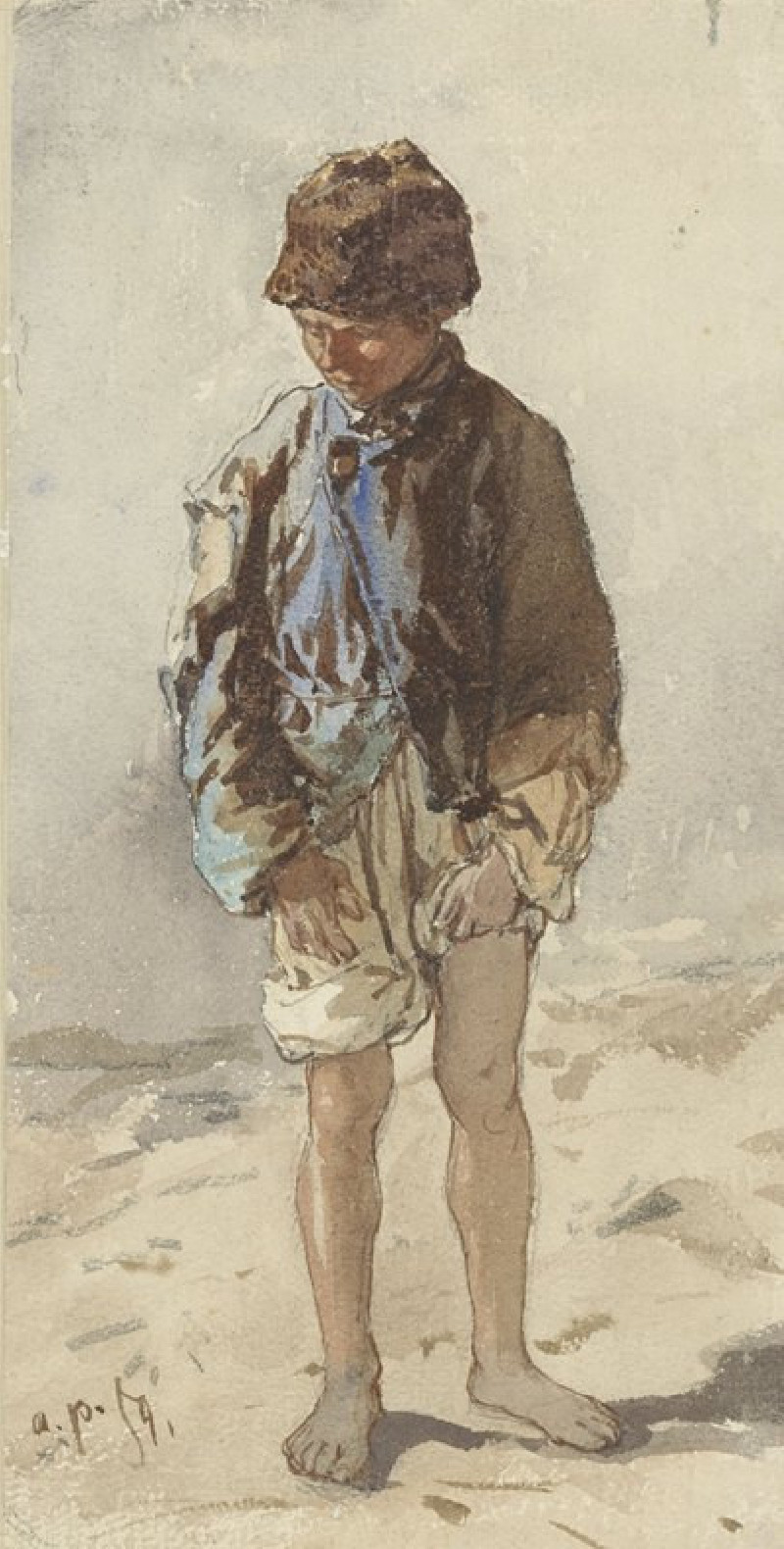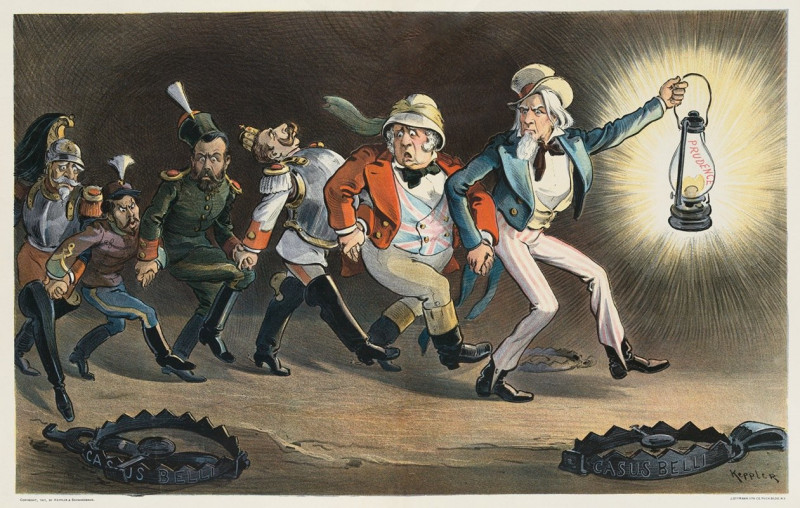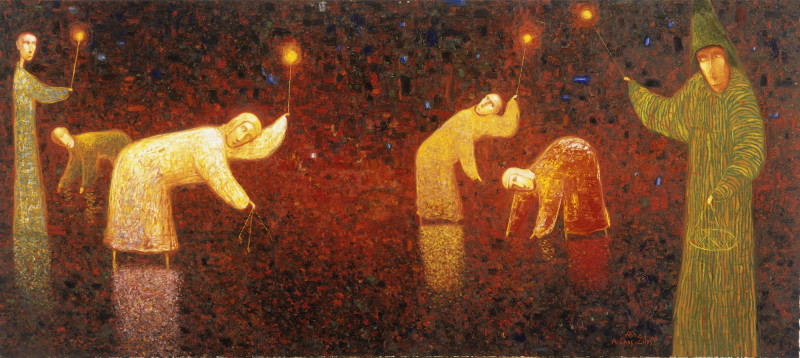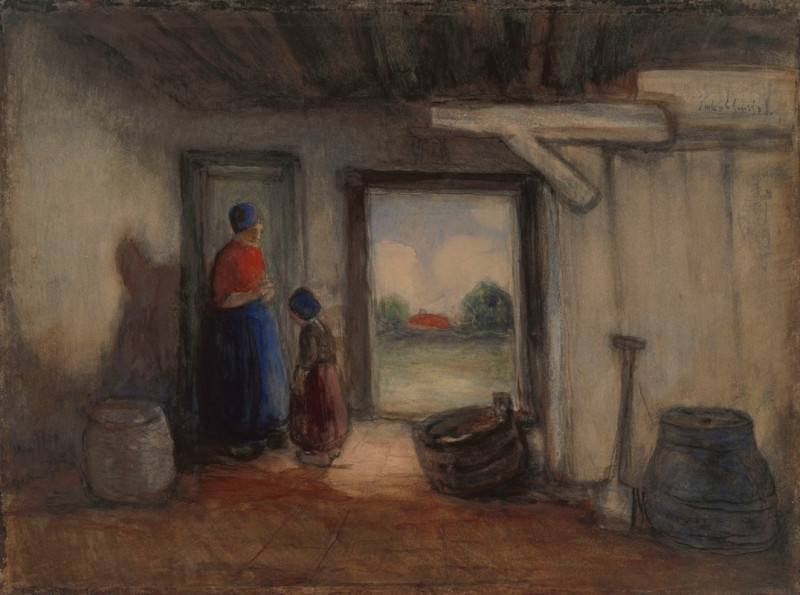A Hop Kiln (1795)
Technique: Giclée quality print
Recommended by our customers
More about this artwork
George Morland's 1795 drawing, "A Hop Kiln," encapsulates the essence of rural industry during the late 18th century in intriguing sepia tones. Illustrated with a delicate yet assured hand, the scene unfolds around an old hop kiln—a structure vital to the process of drying hops used in brewing beer. The kiln, with its robust wooden construction and smoke billowing from the top, sits at the heart of the composition, drawing the viewer's eye to the flurry of activity around it.This depiction is rich with everyday life, featuring figures that animate the scene with a sense of purpose and community engagement. To the right, atop the kiln, a man diligently tends to the hops, ensuring the quality of the drying process. The foreground, bustling with figures, shows women engaging in conversation, while another figure, possibly a worker, takes a rest against a nearby tree—a testament to the arduous nature of their rural occupations.Morland's work is not merely a picturesque countryside view; it's a window into the working life of the period, highlighting the hop industry's importance without romanticizing the labor involved. The soft, swirling skies and the gentle outlines of the trees frame the human activity, reminding viewers of the timeless connection between the land and its stewards.This piece, with its historical context and artistic execution, provides an invaluable look at the past and serves as a wonderful addition to our collection.
Delivery
Returns
George Morland (26 June 1763 – 29 October 1804) was an English painter. His early work was influenced by Francis Wheatley, but after the 1790s he came into his own style. His best compositions focus on rustic scenes: farms and hunting; smugglers and gypsies; and rich, textured landscapes informed by Dutch Golden Age painting.

